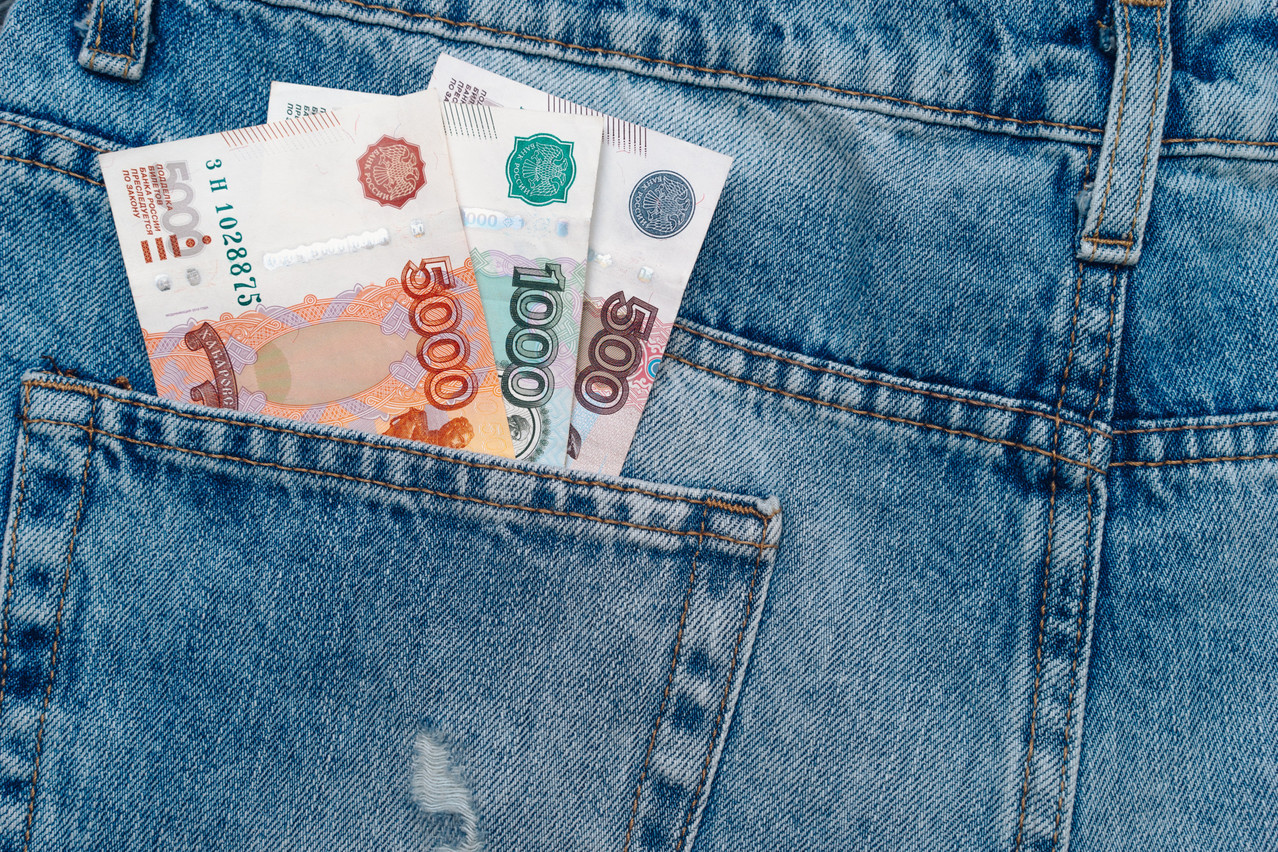At the end of March, the Luxembourg Financial Sector Supervisory Commission (CSSF) published on the use of side pockets by investment funds. The CSSF was of fund managers who have asset exposure to Russia as a result of the sanctions. Since the outbreak of the war in Ukraine, these assets have become illiquid. This means that the security can no longer be exchanged easily or quickly for cash without suffering a significant loss in value.
At least two-thirds of Luxembourg-domiciled funds with significant exposure to Russia have had their net asset values and redemptions suspended. In a public statement on 23 March, CSSF chairman indicated that the proportion of funds exposed to Russia did not exceed 0.3% of total assets under management. This still represents , two-thirds of which is invested in equities and one-third in bonds. At that time, 61 funds domiciled in Luxembourg had more than 10% of their assets invested in Russian securities, 41 of which had been suspended.
With the publication of its recommendations, the Luxembourg financial regulator offered several options to fund managers. The first is to allocate illiquid assets to a new share class. Another option is to split the affected fund’s sub-fund and transfer the illiquid assets into a new sub-fund. In this way, the new sub-fund can either be closed to subscriptions and redemptions or put into immediate liquidation.
Discussions between the industry and the regulator
The use of side pockets is not in itself revolutionary. The technique originated in the world of hedge funds. It was first used in Luxembourg during the 2008 crisis. The CSSF authorised their use for specialised investment funds to isolate their illiquid assets in a separate class. The only drawback, which is nowadays very important, is that Ucits retail funds were excluded from this authorisation.
Since then, the use of side pockets has faded somewhat. However, since the war in Ukraine broke out, many promoters have considered using the side pocket technique for Ucits. It is in this context that the CSSF published its recommendations, opening the door to the use of side pockets by Ucits. From a legal point of view, a framework therefore exists, which should meet the expectations of promoters.
Read also
However, when contacted by Delano’s sister publication Paperjam about the number of funds registered in Luxembourg with an authorisation to use side pockets, the CSSF replied that it did not want to “dwell on this point”. However, it stated: “The CSSF has been approached by funds requesting authorisation to create side pockets. However, the number of concrete authorisation requests is still limited at this stage.”
Operational obstacles abroad
The Reuters news agency on 12 August that asset managers may be deterred by the complexity and cost of creating side pockets. Also asked about this, the Luxembourg regulator said that its recommendations on the matter “outline different possibilities that the governing bodies of a Ucits may consider…. including the possibility of creating side pockets with varying degrees of complexity depending on the different options.” The CSSF added: “In this sense, there is no regulatory barrier that would prevent a Luxembourg Ucits holding assets that have become structurally illiquid in the wake of the Ukraine crisis from creating a side pocket to ring-fence these assets.”
, an attorney and partner at Clifford Chance, confirmed that the obstacles to the creation of side pockets would be more operational or linked to constraints in certain countries in which Ucits are marketed rather than linked to uncertainties in the legal and regulatory framework in Luxembourg.
Moreover, the side pocket technique does not correspond to the reality of all funds. Some funds have only limited exposure to Russia and only have to reduce the valuation of their Russian assets to zero. Other funds have a high exposure to Russia. They have no choice but to suspend the calculation of their NAVs and to suspend subscriptions and redemptions. Lastly, there are funds with significant (but not predominant) exposure to Russia (typically between 5% and 10% of their assets), for which the side pocket technique is perfectly suitable. A suspension is not justified, as it would be too radical, especially if the current conflict is set to last, as everything seems to suggest on the basis of current information.
A question of time?
This was the choice made by the British fund manager Schroders for its fund, domiciled in Luxembourg. The fund was suspended until 18 July. A spokesperson commented: “In order to protect the interests of all the fund’s shareholders, we have split the portfolio by adding two new share classes, one for retail and one for institutional shareholders, to which we will allocate the Russian assets held by the fund. Both new share classes are denominated in euros, unhedged and closed to subscriptions and redemptions.”
The subject of illiquid assets remains a sensitive one. Out of four managers contacted because of funds under management in Luxembourg with exposure to Russia, only two responded. Apart from Schroders, the second to respond, DWS, refused to comment on its fund, which has been suspended since 2 March: “Due to the nature of the ETF, we unfortunately cannot comment on this matter.”
While only a few funds have applied to the CSSF for authorisation of side pockets, other major promoters could eventually follow Schroders’ lead. For the time being, in addition to Luxembourg, Ireland and the United Kingdom have been the forerunners in this field. The longer the war in Ukraine lasts, the more relevant the creation of side pockets will become, as a suspension of NAVs cannot last forever, while portfolio valuation problems must be managed over time.
Originally published in French by and translated for Delano
